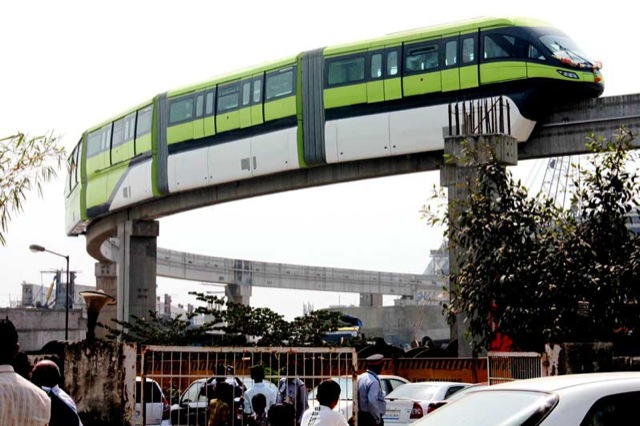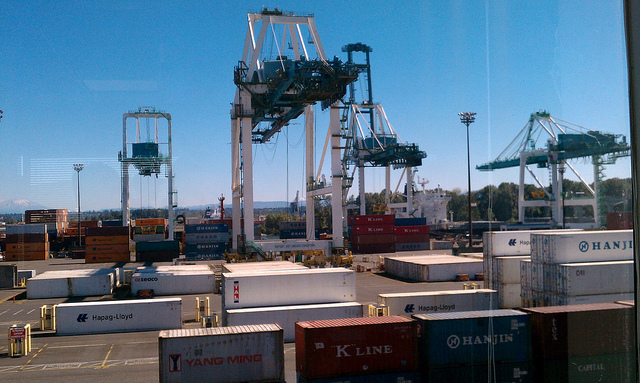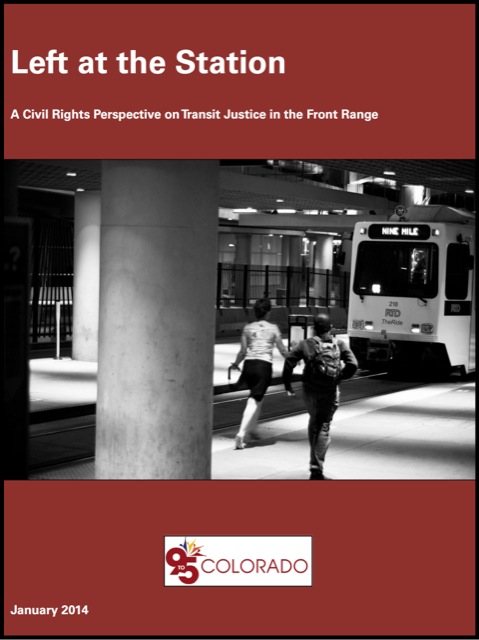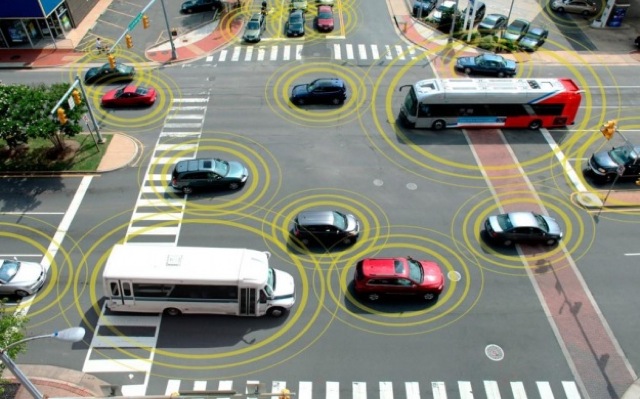Even as the prospects of stopping Honolulu’s $5 billion low-capacity rail project grow dim, the prospects for ever building the California high-speed rail system grow even dimmer. This week, California’s Lieutenant Governor, Gavin Newsom–once a strong rail supporter–has come out against the project. As theSan Diego Union-Tribune says, this is “another nail in the coffin of high-speed rail.”
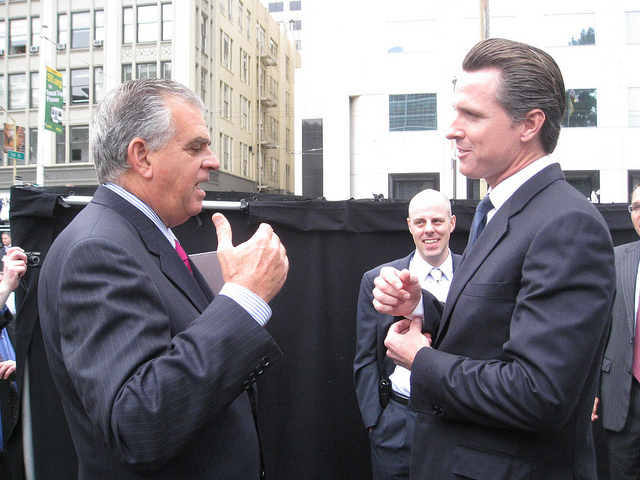
At the 2010 groundbreaking ceremony for what was supposed to be San Francisco’s high-speed rail station, then-San Francisco Mayor Gavin Newsom (left) tells then-Secretary of Immobility Ray LaHood that he is “extraordinarily excited” about the future of the train. Flickr photo from Mayor Gavin Newson‘s photostream.
Asked about his former support for the project, he said it was “a $32 billion project then, and we were going to get roughly one-third [each] from the federal government and the private sector.” Now, “We’re not even close to the timeline, we’re not close to the total cost estimates, and the private sector money and the federal dollars are questionable.”

